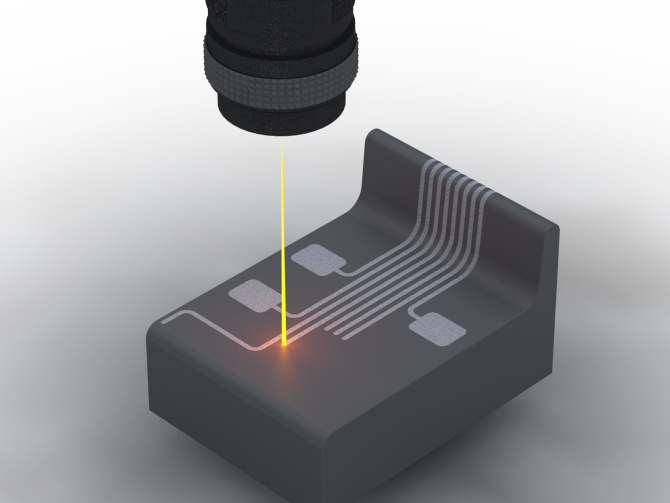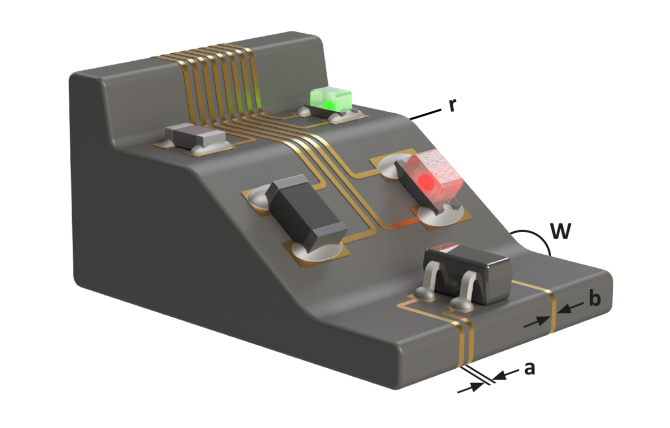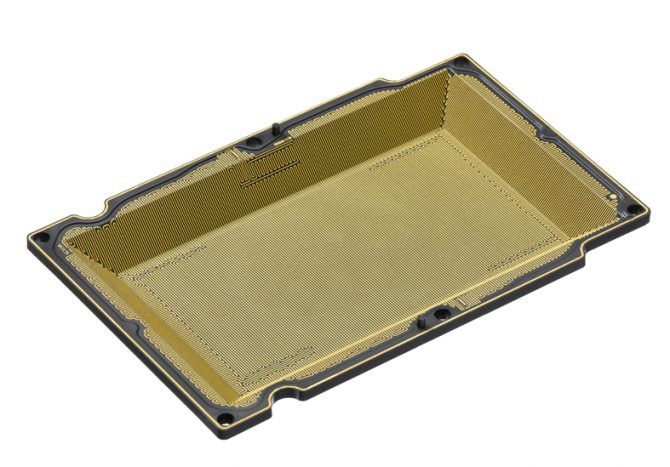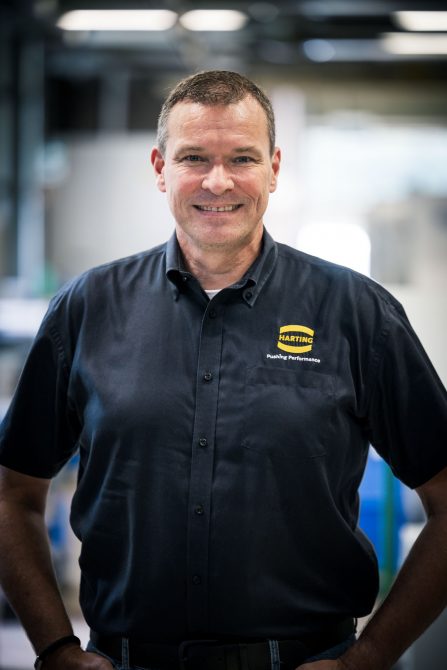Laser immediate structuring (LDS) is a particular accomplishment story. For pretty much 20 yrs, it has been doable to implement electronic conductor paths right on to plastic sections all through sequence creation. LDS permits the output of electronic assemblies with adaptable geometric designs. This system allows electronic merchandise (such as sensible phones, sensors or health-related units) to turn into even smaller and far more effective. Automatic manufacturing procedures also make this system far more economically desirable.
There is considerably less and a lot less area offered for digital assemblies, so alternatives are needed which substitute regular printed circuit boards. LDS enables even further miniaturization and tends to make increasingly sophisticated geometric layouts doable. This is a steady and trusted method that has recognized alone in top quality-essential sectors these types of as professional medical technological innovation or security-suitable elements for the automotive industry.
LDS course of action allows three-dimensional assemblies
Immediate laser structuring allows 3D-MID (Mechatronic Built-in Products) assemblies to be developed. When employing 3D-MID, digital factors can be equipped instantly onto a 3-dimensional foundation body, with out circuit boards or connecting cables. The foundation body is produced employing an injection moulding approach, whereby the thermoplastic product has a non-conductive, inorganic additive.

The framework of the conductor path is applied utilizing the LDS procedure.
LDS enables electronic assemblies to be made in adaptable geometric designs. Sensible telephones, listening to aids and wise watches are becoming smaller sized and more impressive thanks to this procedure. Resource: Harting
The additives in the material are “activated” by direct laser structuring so that the plastic substance can accommodate the electrical conductor paths. The laser beam writes the spots supposed for the conductor paths and creates a micro-rough framework. The produced steel particles form the nuclei for the subsequent chemical metallisation. In this way, the electrical conductor paths are used to the locations marked by the laser. The other areas of the three-dimensional base system stay unchanged. The plastic element can then be assembled in standard SMD procedures comparable to a common PCB. It is also suited for soldering in a reflow oven.
Versatile application of laser technological innovation
As 1 of the most significant suppliers of 3D-MID components outside the house of Asia, HARTING takes advantage of significant-general performance laser units for the LDS approach, with a few lasers functioning in parallel, each individual offset by 45 degrees. Many thanks to an further axis of rotation, components can be processed by the laser simultaneously from all sides (360 degrees). This know-how enables versatile geometric designs, these types of as reflector shells or LED lights, to be designed. Despite the minimum conductor path thickness of 16 to 20 μm, the conductor paths are nevertheless ideal for demanding automotive parts or for apps with currents up to 10 A – for illustration for heating coils in cameras which are used to reduce the optics from fogging up

Least distances involving the conductor paths (a): 50 – 150μm. Minimum amount width of the conductor paths (b): 50 – 150μm Radius (r): .2mm. Resource: Harting
Recurrent alterations for the duration of the electronics advancement section or new components with modified dimensions can guide to highly-priced adjustments in the course of regular PCB generation. The laser structure, in distinction, can be tailored quite flexibly by employing the parameters of the laser’s regulate software package. No changes in the injection moulding are essential for this.
The manufacturing of prototypes employing LDS is also easier in contrast to traditional processes. HARTING can produce the plastic base overall body employing LDS-suitable substance and 3D printing. Injection moulding can also be utilised with low-cost prototype instruments.
New developments in the LDS approach
Many factors of LDS technological know-how have been improved and even further produced above the previous number of years.
- The doing work space of the laser has been enlarged from 160 x 160 x 80 mm to 200 mm x 200 mm x 80 mm, thus enabling a better packing density and the processing of even much larger components.
- The working pace of the laser can be doubled to 4 m/s by optimizing the servo units and mirrors which guidebook the laser beam, thus considerably minimizing the processing time.
- The enhancement of the optics enables the use of a laser with a diameter of 100 μm and a laser with a high-quality concentrate of 50 μm for processing even smaller structures.
HARTING is the only 3D-MID producer in the environment that has a laser system with three fine aim optics of 50 μm. Even lesser conductor path gaps can be obtained many thanks to this fantastic target laser. Consequently, lots of conductor paths can be created on the similar ingredient and a greater packing density can be applied. This is made use of for security technological innovation, among the other factors, due to the fact the closely spaced and intertwined conductors are able of triggering basic safety alarms from even the smallest physical interference.
Advances in materials and economics
Only specifically selected thermoplastics are qualified for the LDS approach these are readily available from stock. The approach can be more enhanced with consumer-particular adjustments to the plastic substance:
- HARTING takes advantage of a system which provides LDS additives to non-accredited materials to make them MID-suitable.
- Precise RAL or Pantone colours can be accomplished with MID plastics by applying color pigments and specific LDS additives.
- By selecting suited additives, unique RF characteristics can also be carried out, dependent on the frequency selection.

Digital elements – this kind of as LEDs, ICs, photodiodes and sensors – can be hooked up specifically onto the component carrier. The assembled element carriers can then be processed as typical SMD components. Supply: Harting
To further increase the price tag-performance of the production approach, HARTING depends on automated robotic devices. The LDS laser process is outfitted with a rotary indexing desk so that a part can be inserted or taken out whilst yet another ingredient is still getting processed. The in-feed and unloading methods are automatic by HARTING using robotics. This boosts throughput and autonomy, though also enabling integration into automatic generation processes. An supplemental automation stage is provided through the injection moulding system. Right here, much too, a robotic can take in excess of the elimination of the injection moulded elements. The use of robotics also enhances the exact reproducibility of the processes and, hence, total item high quality.
Far more advancement for 3D-MID

The 3D-MID caps guard the electronics from unauthorized access each mechanically and electronically. A very precise meandering composition detects just about every access, no make any difference how compact, and consequently stops theft. Source: Harting
HARTING experiences improved demand from customers for MID jobs and has even further expanded the 3D-MID division by investing in machinery and by obtaining a competitor’s business enterprise. Modern in-dwelling items are also contributing to further advancement. HARTING has designed a answer centered on 3D-MID technological innovation which replaces flexible PCBs with a part provider. Rather of working with a flex-PCB, the part provider can be equipped right with electronic elements, therefore preserving up to two thirds of the price.
—————————————-
About HARTING 3D-MID
HARTING 3D-MID is supplying the full price chain for 3D-MID systems from a solitary supply, which include growth/prototyping of shopper-distinct merchandise, injection moulding, laser direct structuring, metallization, assembly and relationship technological know-how, as nicely as final inspection. Its main small business is the production of mechatronic parts for car production, field, healthcare technologies and sensor programs.

Dirk Rettschlag, job supervisor & IE MID at Harting MID.
